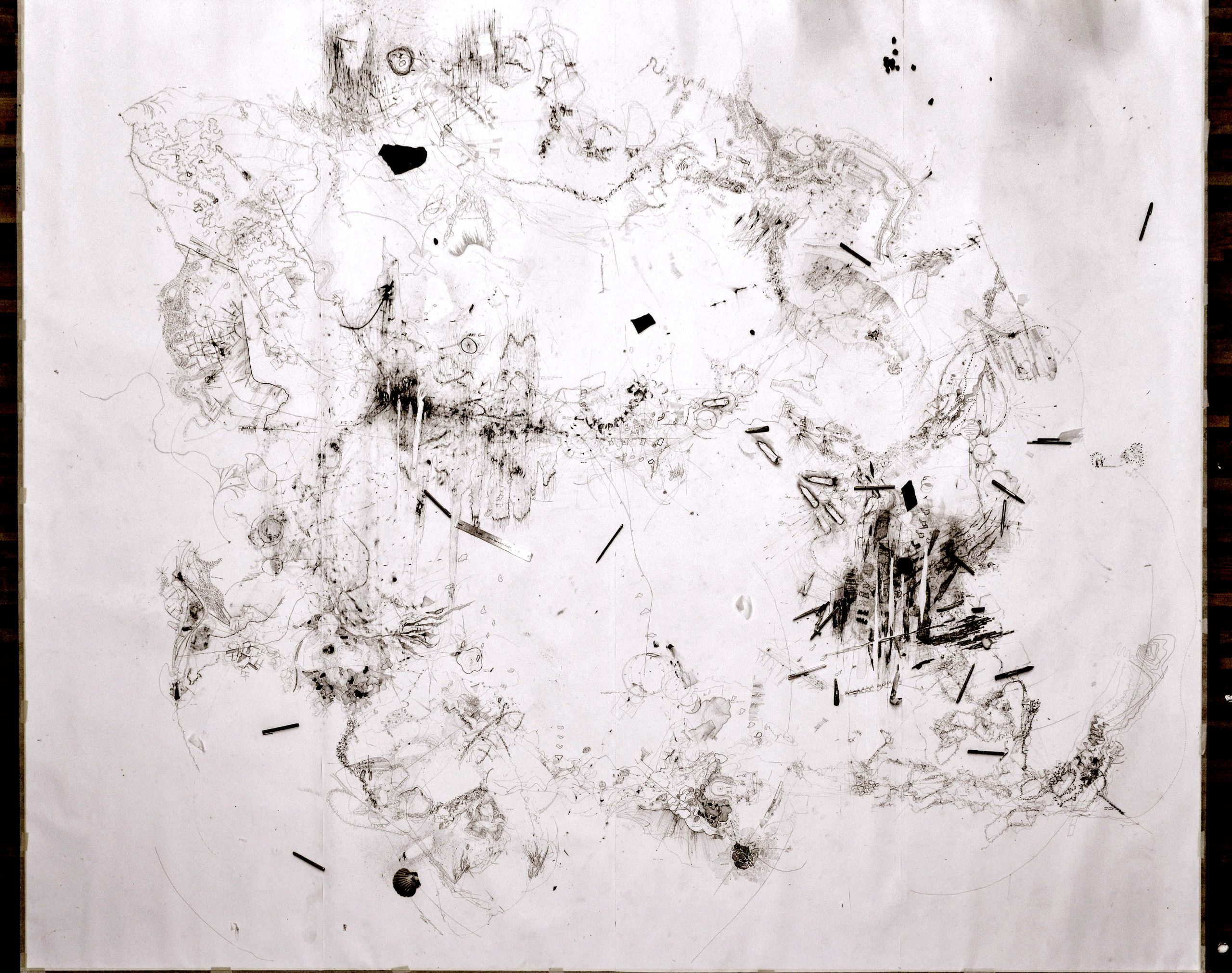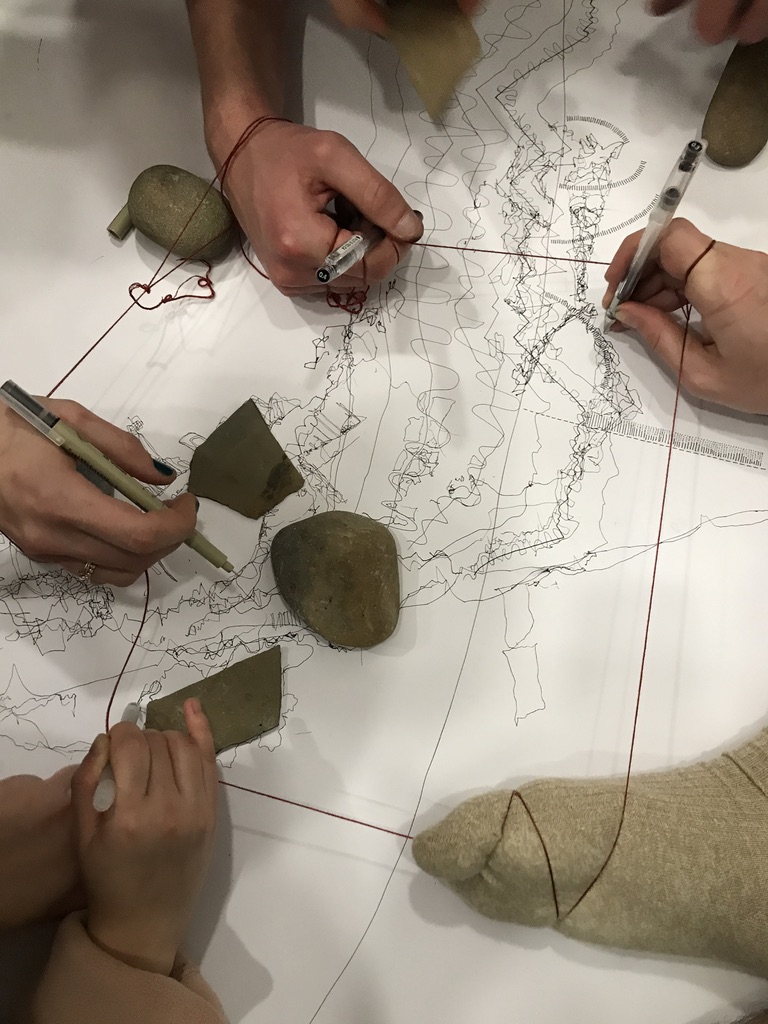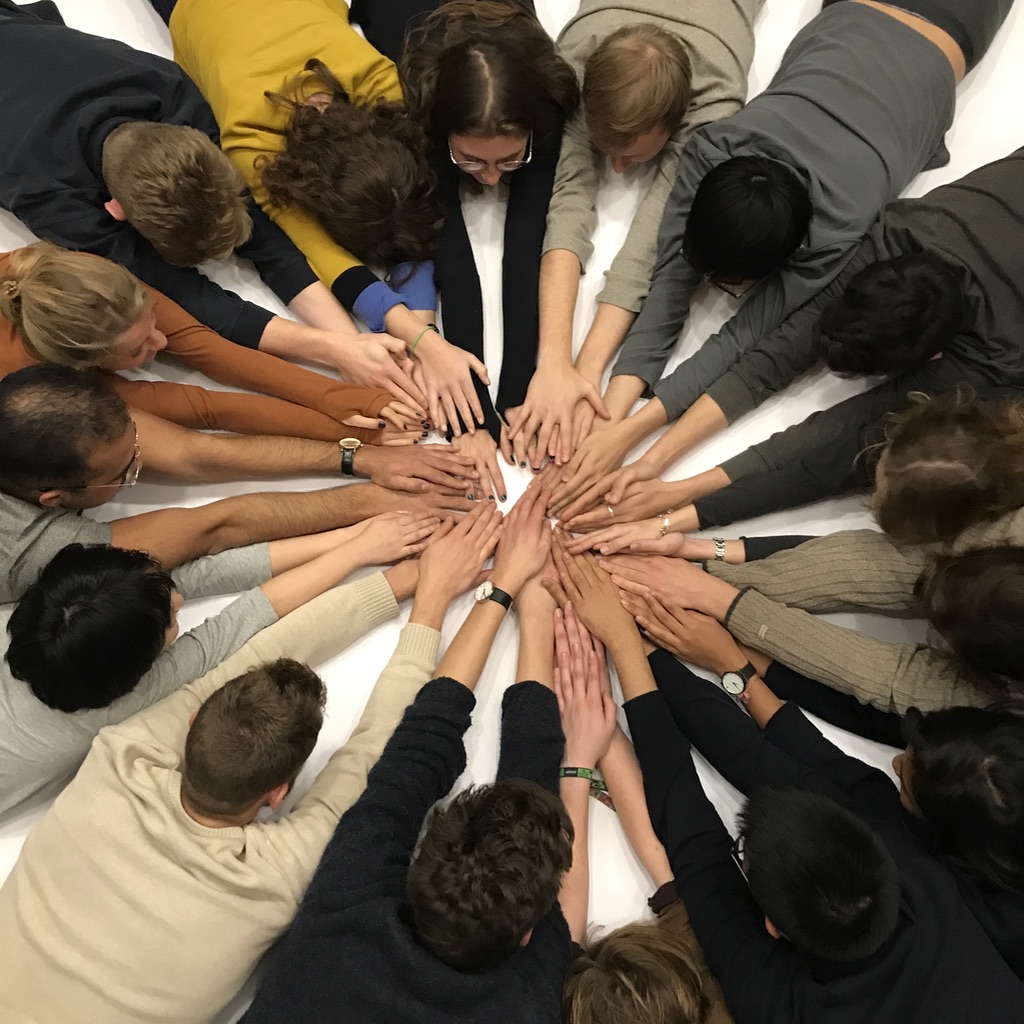Luigiemanuele Amabile in conversation with Niall McLaughlin.
LA: In your opinion, how should a contemporary architectural design studio be structured in terms of its work over an academic semester and its day-to-day practices? Which tools should it prioritise? In particular, I am curious to know whether physical models, hand-drawn sketches, digital renderings, immersive simulations, data-driven parametric analyses, or some combination of these, should predominate. Could you illustrate your stance by describing concrete routines within your own practice and teaching, noting how each chosen medium either reveals or conceals specific dimensions of architectural enquiry?
NM: I certainly would not restrict myself to any single medium. Whatever one is using at a given moment – whether making a model, drawing by hand or working digitally – is simply a window through which the proposal is observed. Each window reveals some things and screens others. The aim of the studio is to sustain a constructive, critical conversation with every student about which medium he or she is employing and what is expected from it, so that no-one slips into the lazy habit of supposing that one medium will always do the same job. What matters is to cultivate an informed understanding of what each tool can offer at that precise stage of the project. Contemporary students – and indeed colleagues in my office – gravitate toward digital platforms, yet even there we continually move in and out of different techniques, asking ourselves what we are seeking and which instrument will serve the investigation best. While recognising the advantages of screen-based representation, I press back and remind everyone of the haptic, corporeal character of design: the eye, the mind and the hand operate in a feedback loop, so that drawing – especially drawing together – is as bodily as it is mental. The critical attitude, not a dogmatic preference, must govern our engagement with whatever media are at hand.
LA: Building upon this premise and considering the accelerating temporal, economic and regulatory pressures shaping contemporary practice, I would like to examine the issue of pace and depth in studio work. To what extent should slower, more contemplative modes of production, such as extended material model-making, iterative hand-sketching, lengthy peer critiques and other forms of deliberate reflection, be preserved and protected within the academic studio environment? Or should architectural pedagogy embrace the brisker tempo and data-rich workflows imposed by twenty-first-century professional life, thereby preparing students to work fluently within the constraints and deadlines they will face after graduation?
NM: One must reject the cliché that digital media inhibit reflection whereas analogue media guarantee it. Reflection depends on how we use a medium, not on the medium itself. In our office we move constantly between media but always in response to the question: “What are we trying to discover right now?”. The same conversation underpins our teaching. It is true that commercial, legal and temporal pressures leave little space for speculation in practice, which is why an office has to carve out such space deliberately. Designing together, for me, is a way of establishing a small society within the practice – a collegiate culture in which each member feels an intellectual, emotional and creative responsibility toward the others. We draw together in order to think, work and create together, thereby building the community our projects require. One cannot expect those benefits to arise passively; they must be planned for – just as one should model the relationship between education and practice so that each continually reinforces the other, rather than allowing an unhealthy separation to develop between “idealistic” education and “compromised” practice. Students begin being architects in the first year, and practising architects should continue educating themselves throughout their careers.
LA: Your remarks naturally invite a closer examination of the relationship between academic speculation and professional constraints. In light of the competing pedagogical philosophies – some of which advocate rigorous immersion in the pragmatic realities of legislation, budgeting, construction feasibility, and site-specificity, while others champion unbridled conceptual exploration – how far should the material exigencies of architecture, in your judgment, permeate the university studio? Conversely, to what extent should academic settings protect students from immediate economic or regulatory pressures, thus allowing for speculative freedoms that could subsequently enter practice as innovative paradigms?
NM: Posing the issue as though “reality” leaks into an otherwise sealed vessel – the studio – is itself misleading. The studio is already a form of reality, albeit one that ought to be examined critically for the ways in which it resembles and differs from other realities. In both education and practice an architect is continually required to acquire new skills, assimilate new knowledge and think flexibly and speculatively about new ways of operating, all the while remaining grounded in architecture’s vocation as a social-material practice. The unfortunate division that has arisen over the past half-century – whereby architectural education in universities is often recast as a branch of the humanities – obscures that vocation. I am not opposed to educating architects within universities, but I oppose the uncritical adoption of an academic template that fails to recognise architecture’s particular modes of teaching and learning.
LA: Even accepting that critique, might one nonetheless posit that the university studio affords a distinctive formation of freedoms – temporal, conceptual, ethical – less readily available within commercial practice? Or does your model of continuous dialogue between education and practice render such a dichotomy obsolete, implying that both realms should be understood instead as mutually corrective and mutually enriching arenas within a single lifelong process of architectural formation?
NM: In my model of continuity every stage of an architect’s life, whether as student or practitioner, offers distinct freedoms and imposes distinct obligations. The idea that university life is pure freedom and professional life pure obligation is a deeply unhealthy misconception. Education should produce work that challenges professional norms and values while simultaneously engaging with the realities that practitioners confront daily. I am equally critical of the notion that graduates should be “oven-ready” for practice and of the converse tendency for academia to alienate itself from practice; both extremes are counter-productive. Skills and values are interdependent – indeed inseparable – and both must be cultivated throughout one’s career.
LA: A recurring theme in your previous answers is the idea of the studio as a small, cooperative society, where drawing serves as both a cognitive tool and a social bond. Could you elaborate on how individual authorship is balanced against collective endeavour within that society, with reference to specific pedagogical exercises you have devised? In other words, how do you reconcile each student’s freedom to chart a unique intellectual and creative path with the need to participate empathetically, and even critically, in collaborative design?
NM: Throughout my teaching career I have set collective projects whose primary purpose is to teach students to rely on one another. We may work with cohorts of sixteen or eighteen students; the opening exercise obliges them to communicate and depend upon one another, and if, at a certain point, they begin teaching each other, I half-jokingly say that I could sit back and smoke a cigar, because the enterprise has achieved its goal of mutual education. One such project, Drawing Together, developed with Yeoryia Manoloupoulou, with whom I taught Unit 17 at the Bartlett School of Architecture at University College London between 1999 and 2019, is documented in Jonathan Hill’s Designs on History: The Architect as a Physical Historian. In that workshop we walked an island every day and drew together every evening in an open, collaborative process; the experience rewired how the students perceived one another. Within any studio cohort every student is seeking an individual voice yet does so in the company of friends, colleagues, critics and competitors, with teachers conducting the ensemble. Ideally the hierarchy evolves into an ecosystem in which roles differ, but no-one is deprived of agency – rather like musicians improvising together. That, for me, is a good teaching studio.
LA: Within this ecosystem, the question arises as to whether it is more important to transmit concrete skills (drawing, model making, structural reasoning, specification writing) or to instil broader dispositions – critical curiosity, ethical judgement, collaborative empathy – towards architectural problems.
NM: I resist separating the two. As one acquires skills one simultaneously acquires values; to uphold those values with genuine integrity one must possess the requisite skills. I am particularly concerned with the architect’s authority within the construction process, for it is part of the architect’s duty to bind the project team together. Builders can read drawings like X-rays: they see what you know and what you do not. A good construction drawing tells them not only how the building will look but how it will be made and what problems might arise during assembly. If those matters have been thought through, the builder feels in safe hands. Such integrated skills ought to be taught to every architect, yet they are too often neglected.
______________________________________________________________________________________________
Luigiemanuele Amabile – Architect and PhD, research fellow of the project DT2 (UdR Università degli Studi di Napoli “Federico II”).
Niall McLaughlin – founder of Níall McLaughlin Architects and Professor of Architectural Practice at the Bartlett School of Architecture, University College London.





